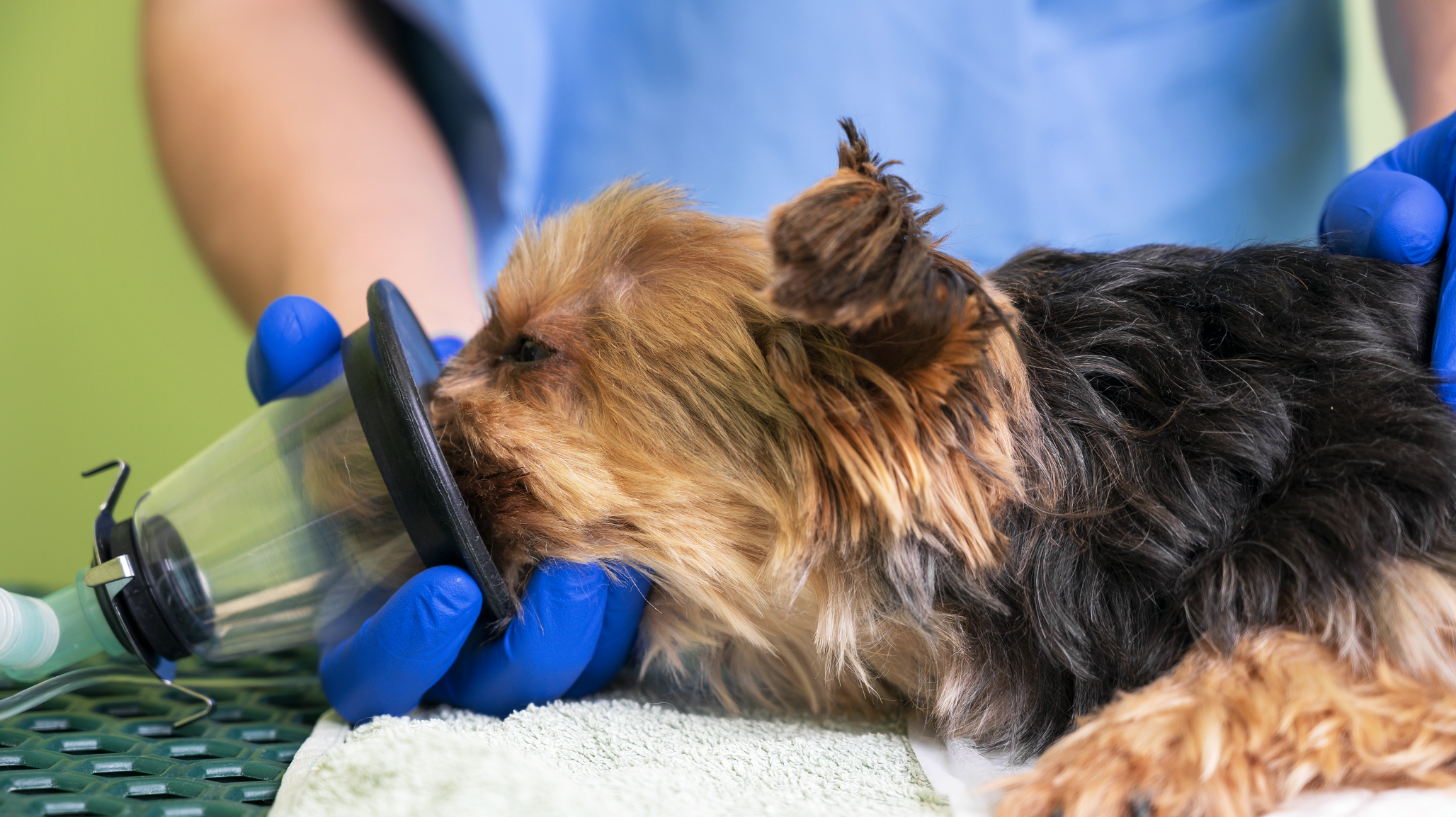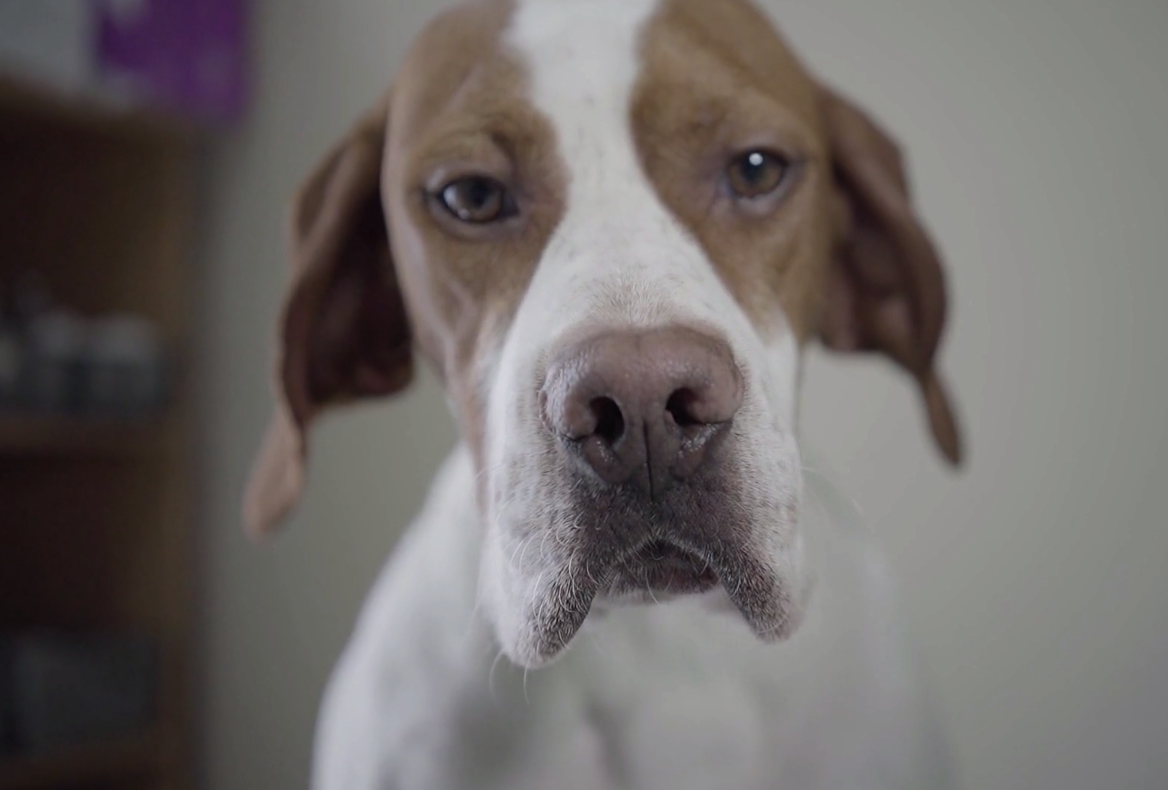Cranial cruciate ligament rupture, similar to ACL tears in humans, is a common orthopedic injury in pet dogs. A tibial plateau leveling osteotomy (TPLO) is a common procedure performed to address stifle (knee) instability secondary to cranial cruciate ligament rupture.
During surgery for a TPLO, the medial crural fascia, a fibrous sheet on the inside of the knee made up of tendons to three important muscles in the dog’s leg, is cut to allow access to the bone. The medial crural fascia is important for bending the stifle, giving the stifle stability, and for proprioception. As opposed to the rapid gain in wound strength displayed in skin, it takes a long time for fascia to heal. In the first week of healing, fascia incisions have no inherent strength; therefore, the repair is entirely dependent on the suture material, additionally, tendons only reach 50-80% of their original strength at one year following reconstruction.
In humans, deficiency in the repair of the medial crural fascia has been associated with decreased rotational stability, increased meniscal injury, and continued knee subluxation following surgery for cranial cruciate ligament rupture. This leads to the question for dogs, is there a way we can preserve this medial fascia and improve outcomes following TPLO surgery? In this segment Dr. Sawyere Hansford - a board-certified veterinary surgeon - discusses:
- Cranial cruciate ligament rupture - what it is, risk factors, and how it occurs
- Medial crural fascia - what it is and why it's important
- Tibial Plateau Leveling Osteotomy - the procedure and how it's performed
- How might we preserve the medial crural fascia during surgery
- Typical management of patients postoperatively
Running time: 30 mins
Approved for 0.5 hrs of CE credit by AAVSB RACE and NY State
You might also like
Canine Atopic Dermatitis - Pathogenesis, Diagnosis, And Treatment Of Mild Disease
08/12/2025
Canine atopic dermatitis (CAD) is one of the most frustrating and complex skin conditions encountere...
Read
More
Degenerative Mitral Valve Disease - Non-medical (interventional And Surgical) Treatment
05/20/2025
In this third and final segment of our program on degenerative mitral valve disease in dogs, we turn...
Read
More
Managing Liver Disease In Dogs: Nutrition And Supportive Care With Hepatoprotectants
12/17/2024
This webinar focuses on how to best manage dogs with liver disease through nutritional support and u...
Read
More
Quality Of Life And End Of Life Considerations For Cancer Patients And Their Families
12/11/2024
Dr. Kathleen Cooney - a certified veterinary hospice and palliative care veterinarian, end-of-life e...
Read
More
Hemangiosarcoma - What We Know And How That's Changing The Paradigm Of Treatment And Prevention
11/13/2024
Hemangiosarcoma is a malignant tumor and, historically, associated with a poor long term prognosis....
Read
More
Splenic Masses In Dogs - Differentiating Malignant From Benign Masses
07/07/2021
A dog presenting for acute illness associated with a splenic mass is commonplace in small animal pra...
Read
More










